Best grown in rich, fertile, moist but well-drained soils in part shade to full shade. Tolerates full sun only if grown with consistently moist soils. Somewhat intolerant of the hot and humid conditions of the deep South, and typically will not thrive in USDA Zone 8. Slow to establish, but quite vigorous thereafter. Propagate by seeds or stem cuttings.
Hydrangea anomala, commonly known as climbing hydrangea, is a vigorous, sprawling, deciduous, woody vine that clings and climbs by twining and aerial rootlets along the stems, typically maturing over time to 30-40’ long. Horizontal lateral branching often extends several feet beyond supporting structures. Unsupported vines sometimes will grow in the form of a mounding shrub to 3-4’ tall, sprawling along the ground like a ground cover eventually covering an area of up to 200 square feet. This plant is native to wooded valleys, stream banks and mountain slopes in the Himalayas and China.
Fragrant white flowers in flat-topped clusters (to 8” wide) bloom in late spring to early summer (May-June). Each flower cluster consists of non-showy, creamy white to greenish-yellow fertile flowers in the center surrounded by showy white sterile flowers. Dried flower heads are reddish brown. Exfoliating bark on mature stems is also reddish brown and attractive in winter. Fruit ripens in September-October. Flattened clusters (corymbs 6-10” wide) of fragrant, white flowers in a lacecap configuration (small creamy white to greenish yellow fertile flowers in the center with a marginal ring of showy white sterile flowers) bloom in late spring to early summer (June-July). Fewer than 10 stamens per flower. Exfoliating, reddish brown bark of mature plants is attractive in winter. Once established, this vine can develop a somewhat bushy habit, with lateral branches growing out several feet from the support structure, thus giving the foliage a somewhat tiered effect.
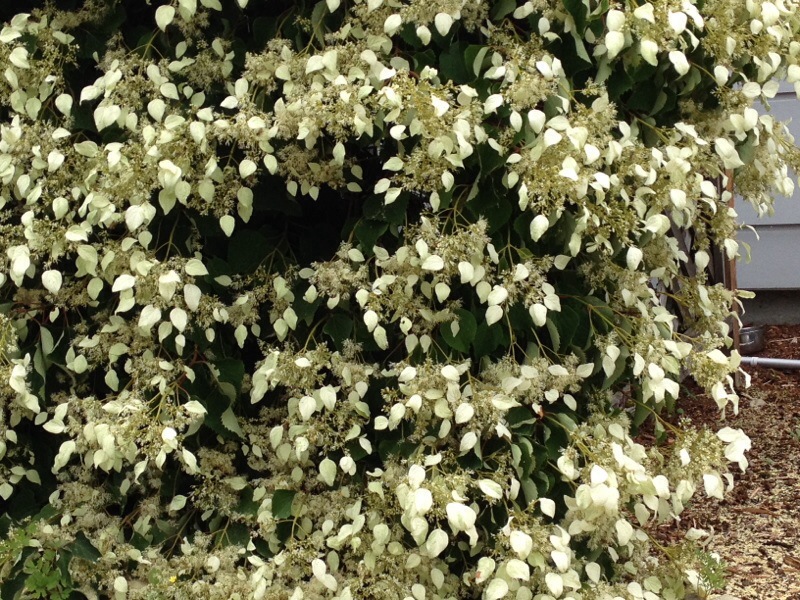
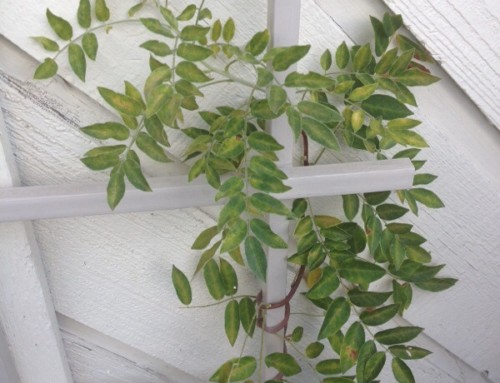
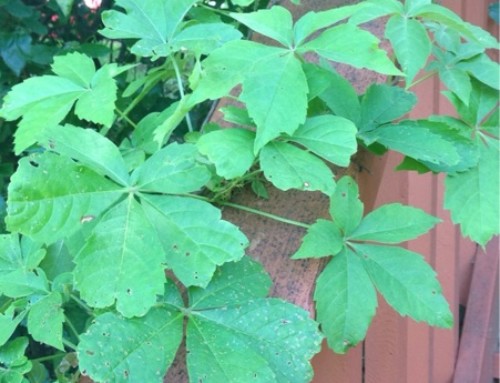
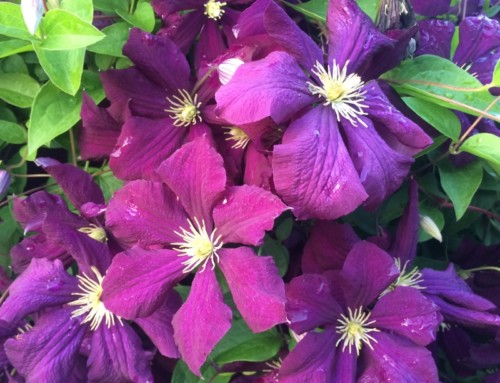
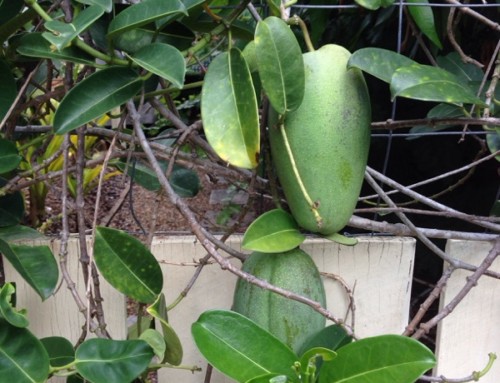
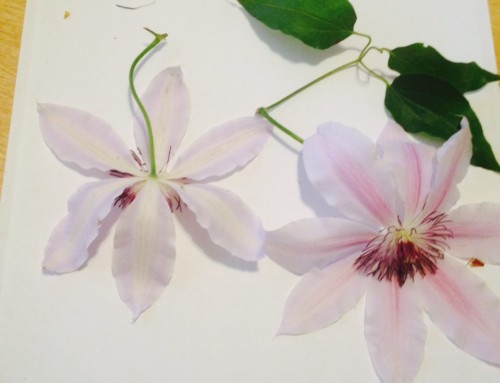
Leave A Comment